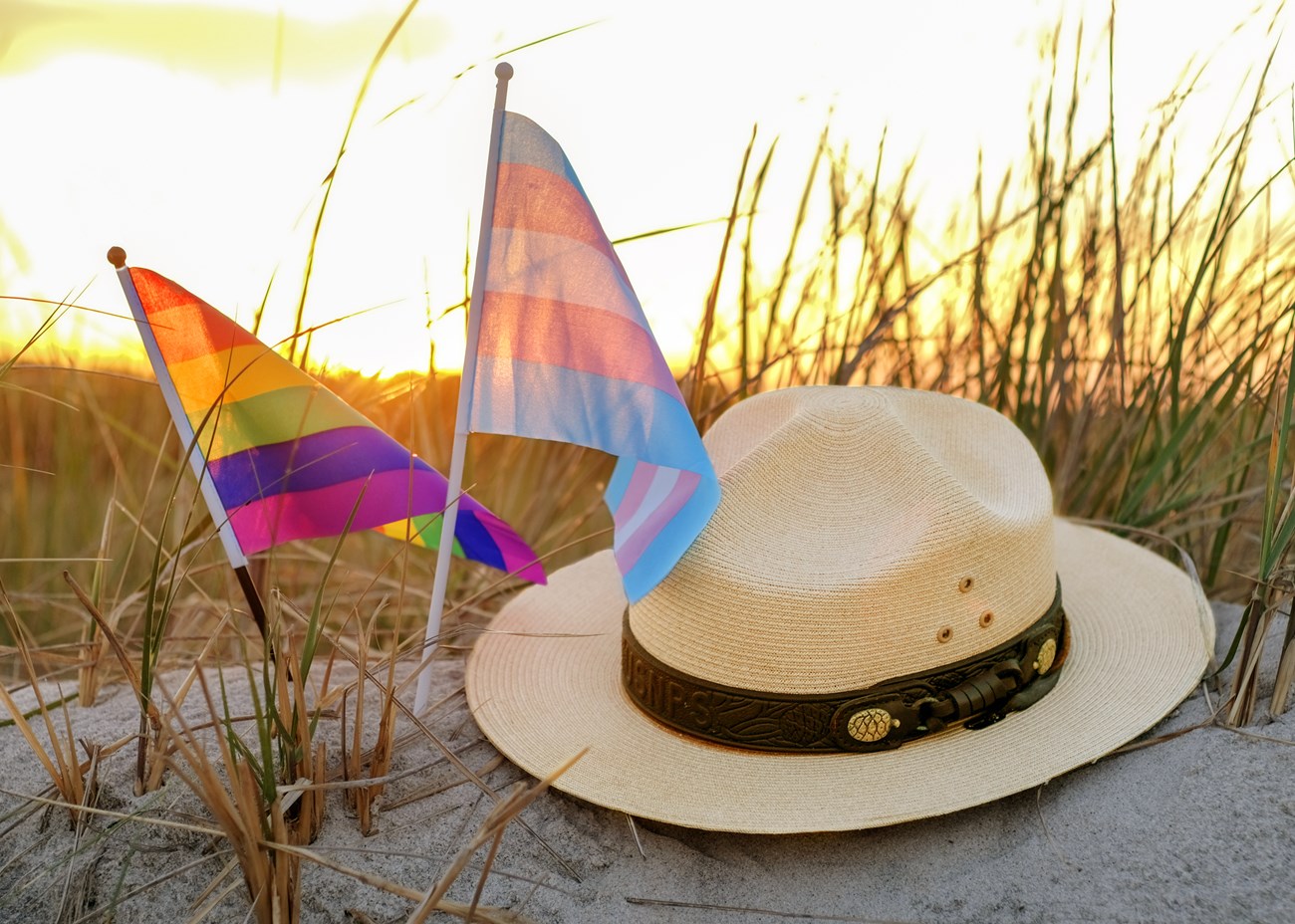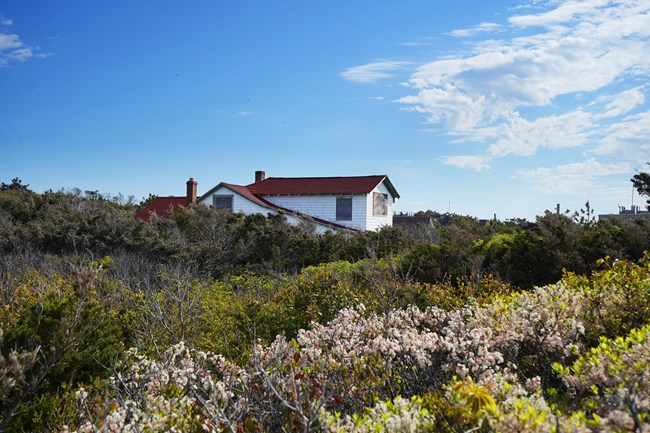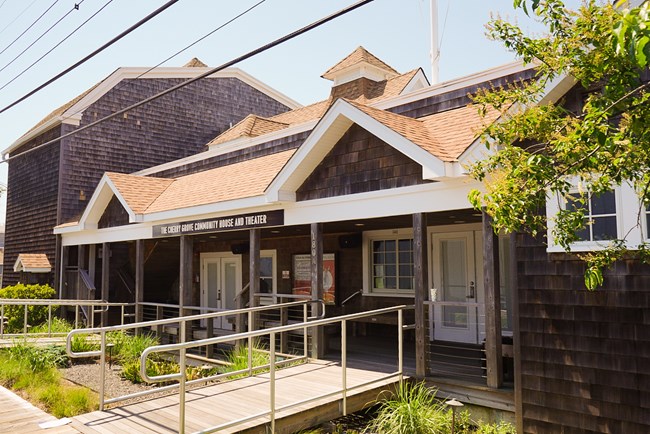
NPS/Sucena From Oscar Wilde’s visit to the island in 1882, to the steady development of Cherry Grove as “America's First Gay and Lesbian Town,” Fire Island has long been a home and haven to LGBTQ visitors and residents alike. Owing its development to the island’s relative isolation, its proximity to New York City, and to the efforts of early renters and homeowners, Fire Island's LGBTQ community became a trailblazing force across America. Long before the Stonewall Riots set the movement for Gay Liberation into motion, Fire Island provided an important enclave to residents and visitors at a time when almost everything about living openly as a lesbian, gay, bisexual, transgender, or queer (LGBTQ) person was illegal in the United States. Fire Island towns such as Cherry Grove, and later Fire Island Pines, were among the few places where LGBTQ people could congregate and express themselves openly. For many, Fire Island was something of a cultural laboratory. Free to be themselves, early LGBTQ residents and visitors experimented with theatre and art in ways that would actively shape and define LGBTQ culture for decades to come. 
NPS/Sucena Did you know there are two sites on Fire Island listed on the National Register of Historic Places in part because of their role in LGBT history?The Carrington HouseTucked away on the small tract of National Seashore land which separates Cherry Grove from Fire Island Pines is the Carrington House, a beach bungalow situated near Fire Island Pines. Built in 1909 as a summer home by Frederick Marquet, the cottage is associated with the earliest wave of development of Fire Island as a popular recreational destination. It’s a prime example of the kind of unique architecture that has come to define many of Fire Island’s communities. The site also includes a smaller guest house composed of two outbuildings purchased from the abandoned Lone Hill Lifesaving station.
The Carrington House’s LGBT connection likely begins with its purchase by Frank Carrington in 1927. Throughout the 1930s and 40s, Frank Carrington expanded the house, and often invited guests to stay on the secluded maritime property. He was a prominent theater director and patron of the arts with a large circle of acquaintances who helped to establish the Arts Project of Cherry Grove, an influential organization which had a significant impact on the development of the small beach town.
Though it is unknown whether or not Frank Carrington would have identified as LGBTQ, many of his guests were well-known members of the LGBTQ community. Perhaps most famously, Truman Capote spent a summer in Carrington's guest house with his partner, Jack Dunphy, where he is said to have completed his most famous novella, Breakfast at Tiffany’s.
Frank Carrington was one of many influential residents of the island who, in its early days, helped to draw artists, performers, publishers, and other prominent New York City socialites to the isolated island paradise. Through their web of friends, colleagues, and acquaintances, these residents and renters helped to establish Cherry Grove's reputation as an artistic community, and one that was tolerant, if not always friendly, to LGBTQ living.
This summer the Carrington Guest House will be undergoing renovations. Our hope is to have the Guest House fully restored to its original glory so that we may begin hosting a variety of community programs which include the layered LGBTQ history of the site, as well as of Cherry Grove, and Fire Island Pines. 
NPS/Sucena The Cherry Grove Community House and Theater
|
Last updated: July 7, 2021
